Top 10 Best Ways to Spot Electrical Problems in Your Home
Although risk cannot be completely eliminated, there are simple steps you can take to detect electrical problems before they become more serious. Similarly, ... read more...having a home warranty plan is one of the most effective ways to reduce the financial cost of electrical issues on your property while avoiding a potential fire hazard. In this article, Toplist will list the best warning signs that you may have an electrical problem in your home.
-
When your electrical switches and outlets are working properly, they should not make any audible noises. If you hear buzzing or crackling noises when plugging in an appliance or turning on a switch, it could be due to an overloaded, loose, or improperly grounded wire. If the noise is coming from a specific appliance, unplug it immediately and do not plug anything else into the outlet until an electrician has confirmed it is safe to do so.
Hearing a buzzing sound from an electrical panel is especially concerning and necessitates the immediate attention of a professional, especially if the noise can be heard from more than a few feet away. This could indicate a major issue with one of your circuit breakers (a safety switch that will stop the flow of electricity in an emergency). You should check your policy to see if you're covered in this situation and if you have a home warranty plan.
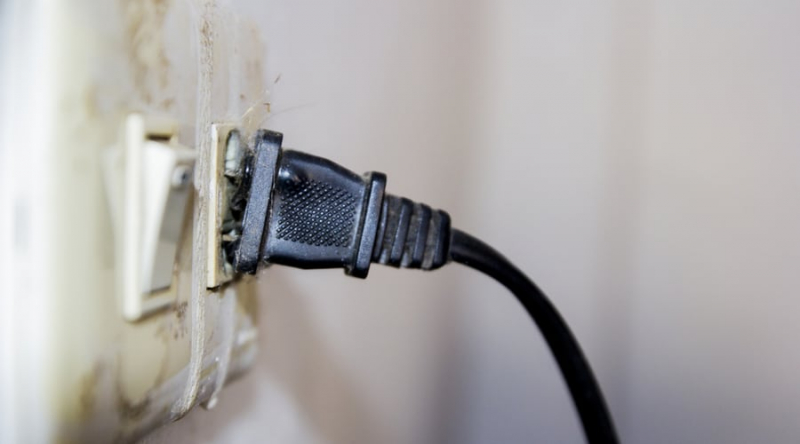
Buzzing Noises 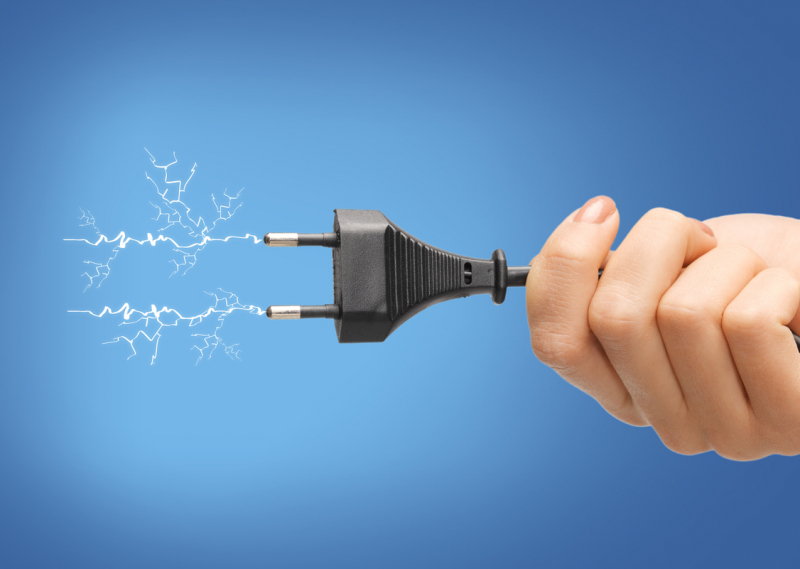
Buzzing Noises -
A strange or fishy odor is one of the first warning signs of a faulty electrical appliance, and it could indicate that some components within the device are overheating. This is due to the fact that most electrical wires are made of heat-resistant chemicals that, when burned, begin to smell like fish.
If you smell something strange coming from an electrical outlet, unplug everything in the outlet right away. Don't use it again until an electrician has thoroughly inspected it. You should check the terms and conditions of your home warranty to see if electrical issues are covered. If you're in the market for a new policy, look for one that addresses these concerns.
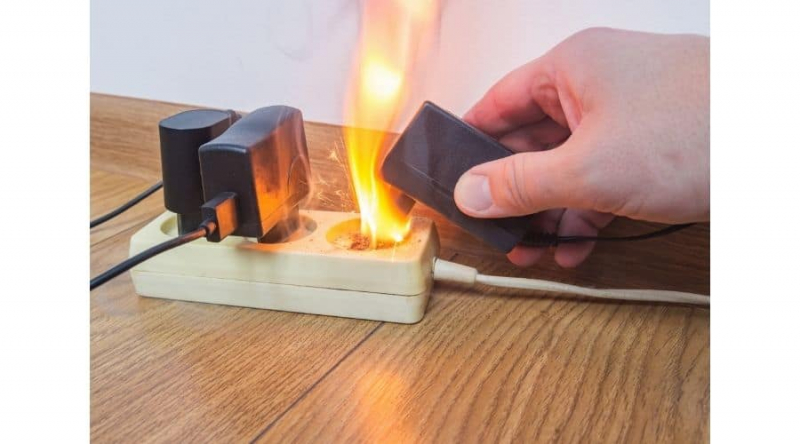
Unpleasant Smells 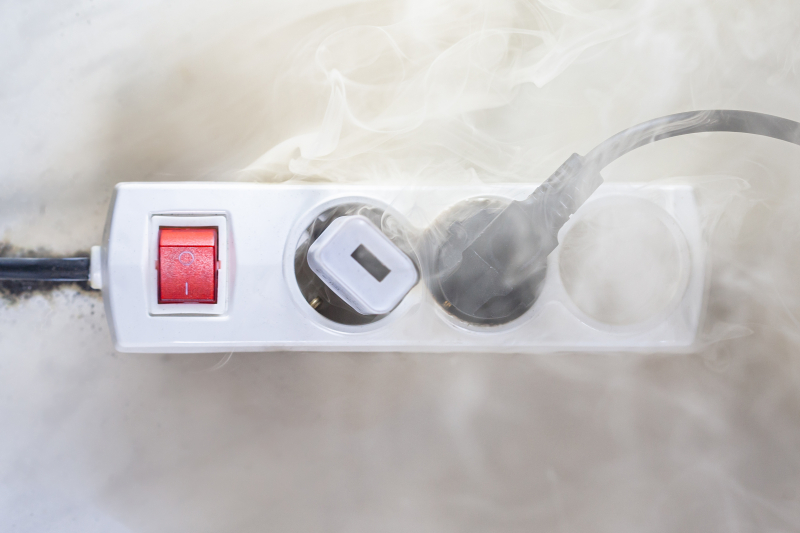
Unpleasant Smells -
Although you may believe that flickering light is caused by a faulty bulb, it could also be an indication of a more serious electrical problem, such as faulty wiring or a faulty circuit breaker. When you notice a light flickering, the location of the problem can help you figure out what's causing it. Multiple flickering bulbs in a single room indicate a problem with the circuit breaker in that area of the property. Flickering lights throughout your home indicate a problem, such as loose conductors in your central electrical panel. Lights blinking when you turn on a large appliance indicate that the device is putting too much strain on your central circuit breaker.
In each of these situations, you should contact an electrician to assess the situation and address any potential safety concerns. If you want to buy a home warranty policy, look for companies that include lighting fixtures as part of their coverage.

Flickering Lights 
Flickering Lights -
If you see electricity jumping from one connection to another, you have an arcing emergency that requires immediate attention. When a strong and luminous current jump across the gap between electrodes, arcing occurs. These arcs present an extremely high fire risk, with temperatures reaching 35,000°F. Electrical arcs can cause injuries such as cardiac arrest and nerve damage, in addition to skin burns. They can also emit poisonous gasses that can harm the lungs.
Arc fault circuit interrupters (AFCIs) can protect against arcing by shutting off electrical power in as little as 1/40th of a second if they detect danger. The modern electrical code now requires AFCIs in all 120-volt single-phase 15- and 20-ampere branch circuits in residential properties. If you are unsure whether your home is properly equipped, you should consult an electrician.
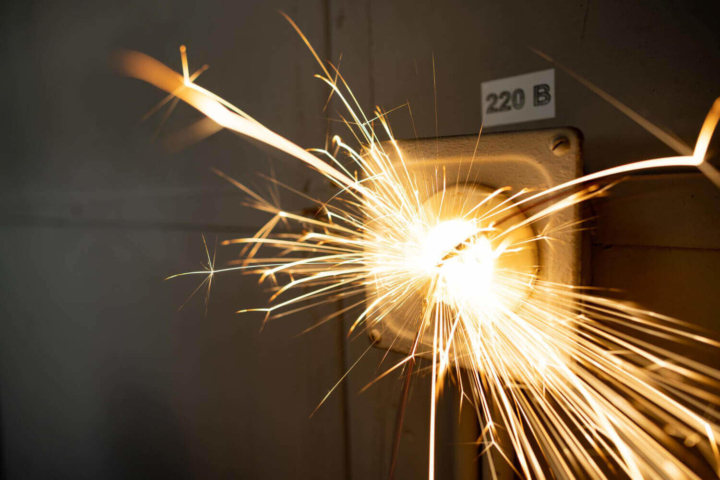
Electrical Arcs 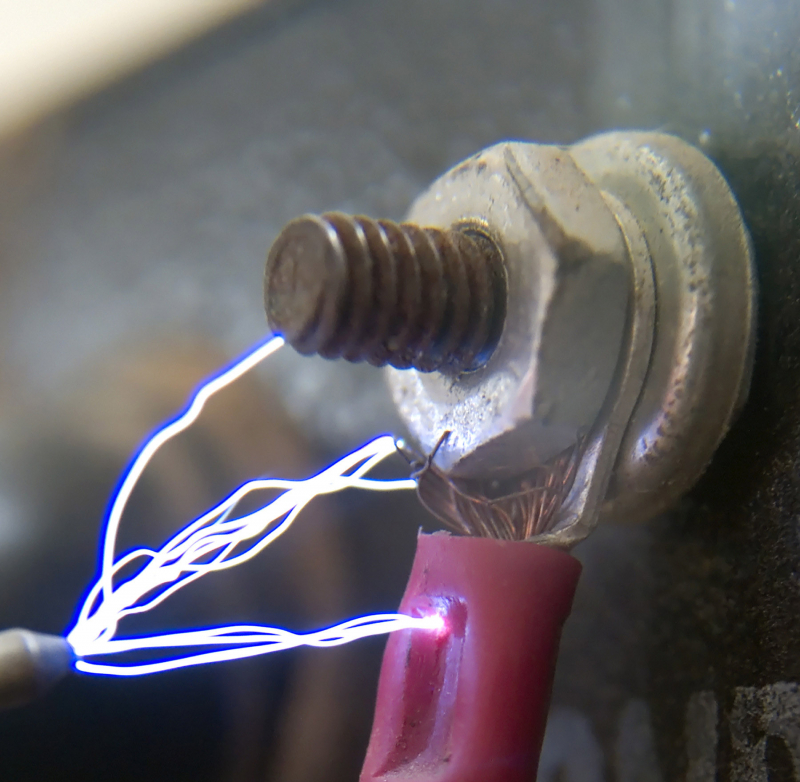
Electrical Arcs -
When an outlet becomes warm to the touch, it usually indicates that there is an excessive amount of current flowing through it. All outlets are designed to run a predetermined amount of voltage and will become hot if this limit is exceeded. In addition to the heat sensation, you may notice a brief spark when you plug a device into an outlet.
A hot outlet is especially dangerous if it is near flammable materials such as curtains or wooden furniture, as the heat from the outlet can ignite these objects and start a fire. The consequences of an electrical fire can be devastating. It’s essential that you take all the steps you can to ensure your home’s electrical systems are in good working order and to address any potential issues before they escalate.
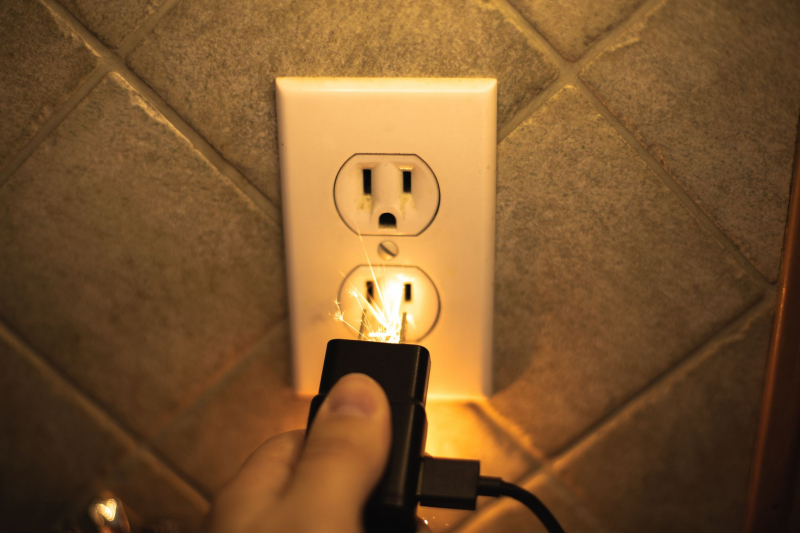
Warm Power Outlets 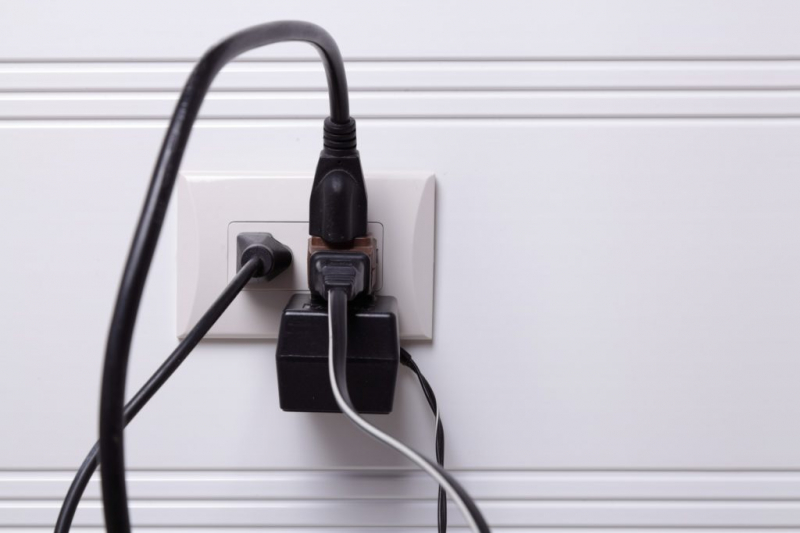
Warm Power Outlets -
A faulty outlet or receptacle in your home can put you at risk for a variety of potentially fatal electrical problems. According to research, electrical receptacles are involved in 5,300 fires each year, resulting in 45 deaths and more than 100 injuries.
Because faulty outlets disrupt the flow of electricity, they can also cause arcing, which poses a serious risk of electrocution and a fire hazard. A loose power outlet, like all of the other warning signs mentioned in this article, is a serious problem. If you are not comfortable dealing with this problem yourself, you should contact an electrician right away.
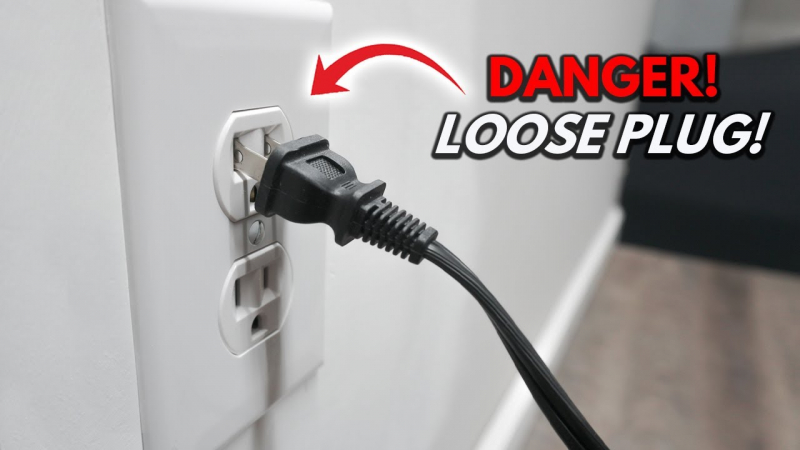
Loose Outlets 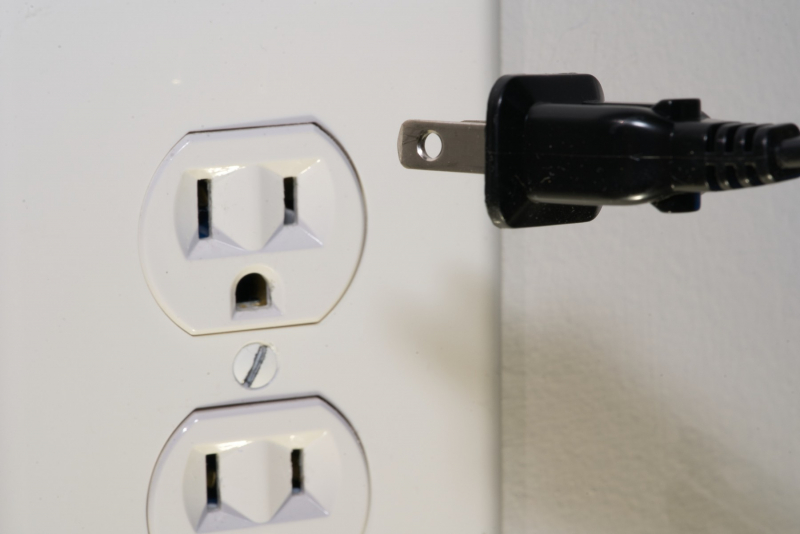
Loose Outlets -
If your house was built in the late 1960s or early 1970s, your electrical system most likely uses single-strand aluminum wiring. At the time, this material was far less expensive than copper. While evidence from the time indicated that this material was safe to use, it was later discovered that the substance was a fire hazard. According to the Consumer Product Safety Commission, homes with aluminum wiring are up to 55 times more likely to catch fire.
Inspect your electrical panel and the cables in your attic or basement for aluminum wiring. If the wiring is made of aluminum, it will have the letters aluminum, Al, or alum stamped on it. If you discover aluminum wiring, contact an electrician who can assess the situation and advise you on your options.
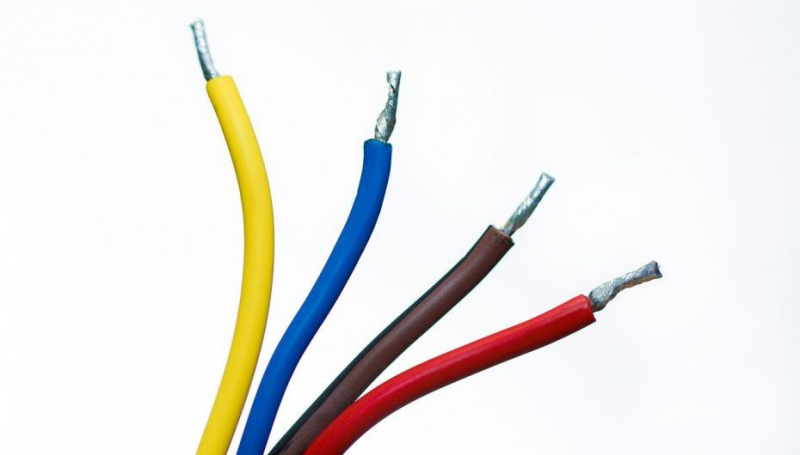
Aluminum Wiring 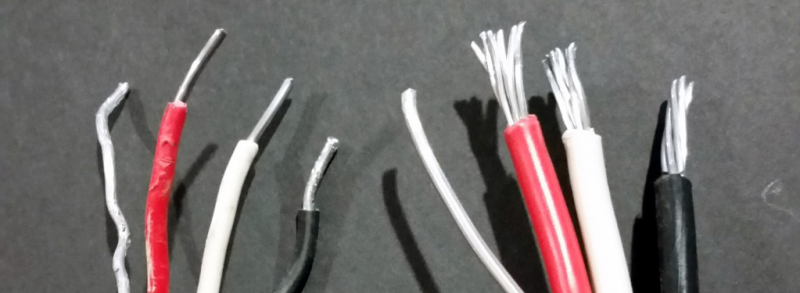
Aluminum Wiring -
If you try to plug in an appliance and it falls out of the outlet, the connectors within the outlet may have worn out. Because many outlets are used to power several appliances throughout the day, the cause of this damage is most likely simple wear and tear.
In most cases, replacing the faulty outlet is the most secure solution. Although you may be tempted to do this work yourself, keep in mind that performing do-it-yourself (DIY) repairs on your electrical systems may void your homeowner's insurance if you are not properly qualified.
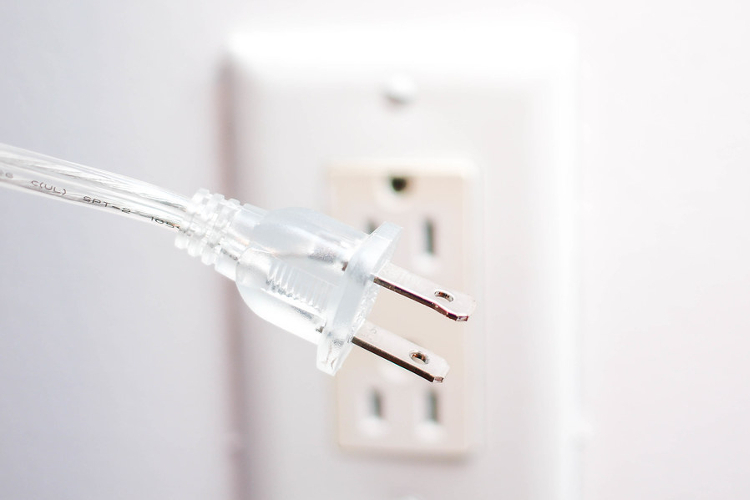
Plugs Fall out of Their Outlets 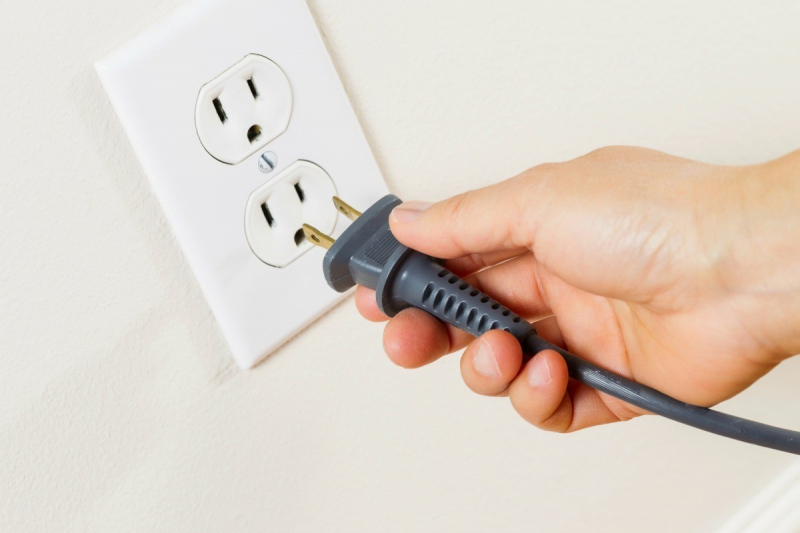
Plugs Fall out of Their Outlets -
Although the presence of rodent droppings in your home is likely to be your first concern, evidence of mice or rats is also a sign that your property is at risk of electrical problems. When rodents enter your home, they frequently chew on electrical wires and use them to grind their teeth.
If you notice any signs of an infestation, you should immediately inspect your wiring for signs of rodent damage. Consider installing devices such as sonic rodent deterrents around your wiring to keep these creatures out. If you have rodents in your home, you should consult with a pest control professional who can help you address the issue and prevent future infestations.

Rodent Droppings 
Rodent Droppings -
Whether a fire is caused by an electrical problem or something else, not having a smoke alarm is one of the most serious safety issues in any home. According to the National Fire Prevention Association, nearly three out of every five home fire deaths occur in homes that do not have a smoke alarm.
If the property has a working smoke alarm, the risk of dying in a fire is reduced by 55%. If you already have a smoke alarm, you should replace it every 10 years (or 7 years if you have a combination of carbon monoxide/smoke alarms) based on the manufacture date shown on the back label.
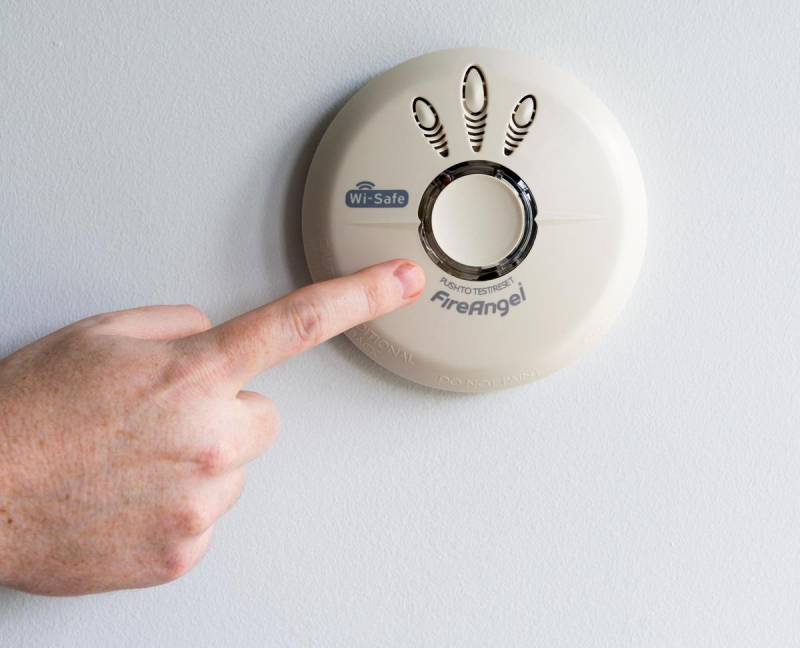
You Don’t Have a Smoke Alarm 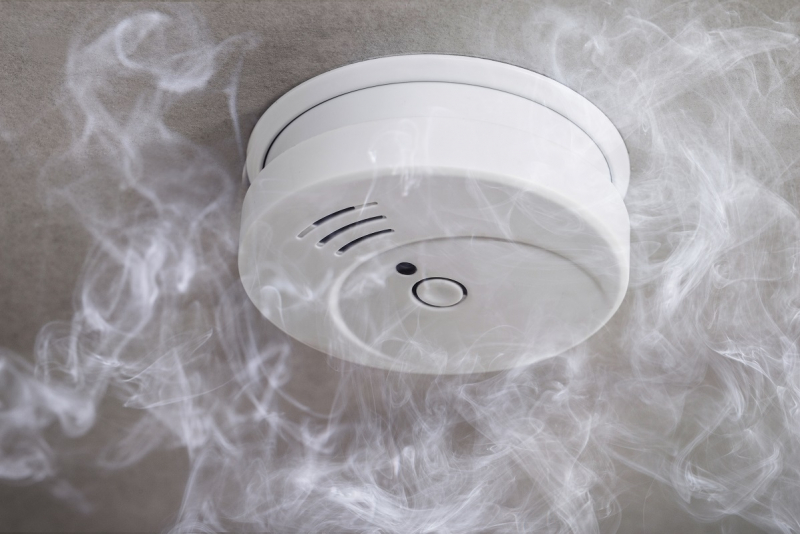
You Don’t Have a Smoke Alarm






























